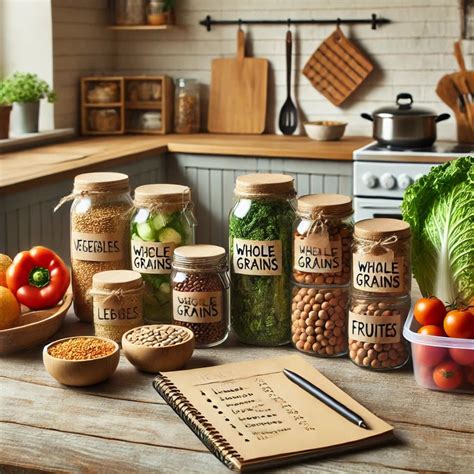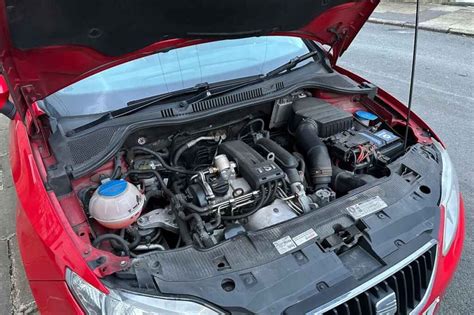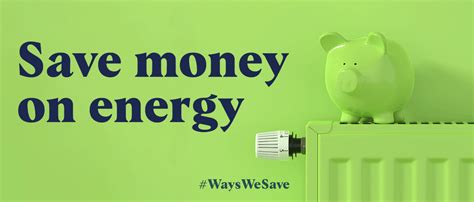For many men, the quest for peak physical fitness and sustained energy often hits a wall when faced with the perceived high cost of healthy eating. The belief that nutritious food is inherently expensive can deter even the most committed individuals from fueling their bodies optimally. However, achieving your fitness goals and maintaining high energy levels doesn’t require a hefty grocery bill. With smart choices and strategic planning, men can indeed eat healthy on a budget, transforming their approach to nutrition into a powerful tool for performance.
The Undeniable Link: Budget, Energy, and Fitness
Understanding that budget-friendly eating doesn’t mean compromising on quality is the first step. For men, a diet rich in lean protein, complex carbohydrates, healthy fats, and a spectrum of micronutrients is crucial for muscle repair, sustained energy release, hormonal balance, and overall well-being. When financial constraints are a factor, the temptation to opt for cheap, processed foods can be strong, leading to energy crashes, poor recovery, and stalled fitness progress. This article will show you how to navigate the grocery store aisles and kitchen to maximize nutritional value without emptying your wallet.

Mastering Smart Grocery Shopping
The foundation of healthy eating on a budget lies in strategic grocery shopping. It’s not just about what you buy, but how you buy it.
- Meal Planning is Your Superpower: Before you even step into the store, plan your meals for the week. This prevents impulse buys, reduces food waste, and ensures you have all the necessary ingredients. Base your meals around affordable staples.
- Bulk Buying Smart: Grains like oats, brown rice, and quinoa, as well as legumes such as lentils and dried beans, are significantly cheaper when bought in larger quantities. They store well and form an excellent base for numerous meals.
- Embrace Seasonal & Sale Items: Produce is often cheaper when it’s in season. Learn what fruits and vegetables are abundant locally throughout the year. Also, keep an eye out for weekly flyers and special promotions on meats, dairy, and pantry staples.
- Frozen is Your Friend: Don’t underestimate the power of frozen fruits and vegetables. They are often picked at their peak ripeness, locking in nutrients, and are generally more affordable and last longer than fresh equivalents.
Power Foods That Won’t Break the Bank
Focus on nutrient-dense foods that offer excellent value for money. Here are some staples every budget-conscious, fitness-focused man should consider:
Protein Powerhouses:
- Eggs: The incredible, edible, and affordable egg. A complete protein source, versatile for any meal.
- Chicken Thighs/Leg Quarters: Often cheaper than breasts, these cuts are flavorful and provide excellent protein.
- Canned Tuna/Sardines: Packed with protein and omega-3s, they’re quick, easy, and shelf-stable.
- Lentils & Beans: Incredibly cheap, high in protein and fiber, perfect for stews, salads, or side dishes.
- Cottage Cheese/Greek Yogurt: Affordable dairy options rich in protein and probiotics.
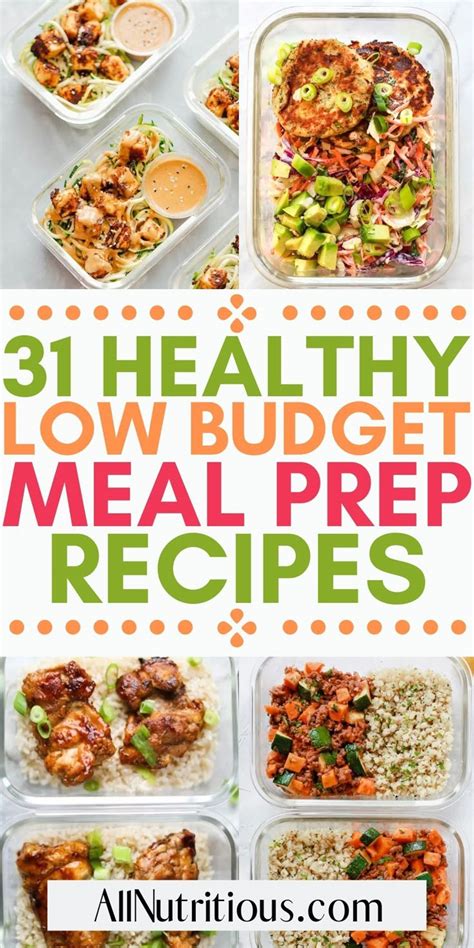
Complex Carbohydrates for Sustained Energy:
- Oats: A breakfast champion, providing slow-releasing energy and fiber.
- Brown Rice/Whole Wheat Pasta: Excellent bases for meals, offering complex carbs over refined alternatives.
- Potatoes/Sweet Potatoes: Versatile, nutrient-rich, and inexpensive sources of energy.
Healthy Fats & Micronutrients:
- Seeds (Chia, Flax, Sunflower): Small but mighty, offering healthy fats and fiber at a reasonable cost.
- Avocado (on sale): A great source of healthy fats, but buy when deals are available.
- Root Vegetables: Carrots, parsnips, and turnips are affordable and packed with vitamins.
- Bananas & Apples: Economical and readily available fruits for quick energy and vitamins.
The Art of Meal Prep: Maximizing Efficiency and Nutrition
Once you’ve stocked your kitchen with budget-friendly, nutrient-dense ingredients, the next step is efficient meal preparation. Batch cooking is a game-changer for busy men. Dedicate a few hours one day a week (e.g., Sunday) to cook larger quantities of your chosen staples.
Cook a big batch of chicken or lentils, roast a tray of sweet potatoes, and prepare a large pot of brown rice. These can then be mixed and matched throughout the week to create diverse meals without additional cooking time. This strategy not only saves money by reducing the need for takeout but also ensures you always have healthy options readily available, preventing succumbing to unhealthy, convenient choices.
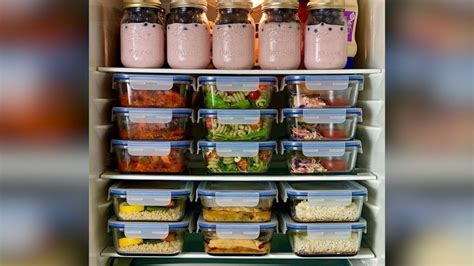
Hydration and Smart Supplementation
While food is your primary fuel, don’t overlook the importance of hydration. Water is free (or very cheap) and essential for every bodily function, including energy production and muscle performance. Carry a reusable water bottle to ensure you’re drinking enough throughout the day.
Regarding supplements, while many can be expensive, a cost-effective protein powder (whey, casein, or plant-based) bought on sale can be a convenient way to boost protein intake, especially post-workout, if whole food sources aren’t immediately available. Always prioritize whole foods first, and view supplements as just that – a supplement to an already sound diet, not a replacement.
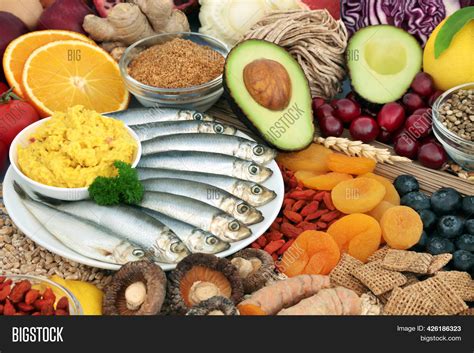
Making it a Sustainable Lifestyle
Eating healthy on a budget for peak energy and fitness is not about deprivation; it’s about smart resource management and informed choices. It requires a shift in mindset from viewing healthy food as a luxury to seeing it as a vital investment in your physical and mental performance.
Start small, implement one or two new strategies each week, and gradually build a sustainable system that works for you. Your body will thank you with improved energy, better recovery, and consistent progress towards your fitness goals, all while keeping your finances in check.

